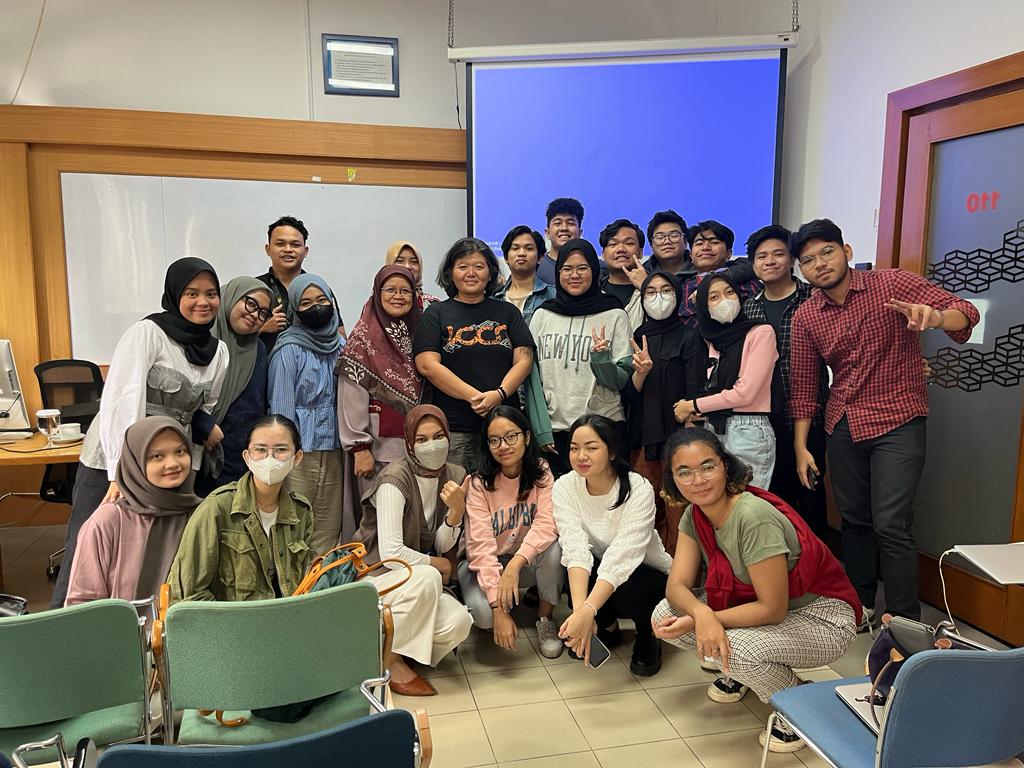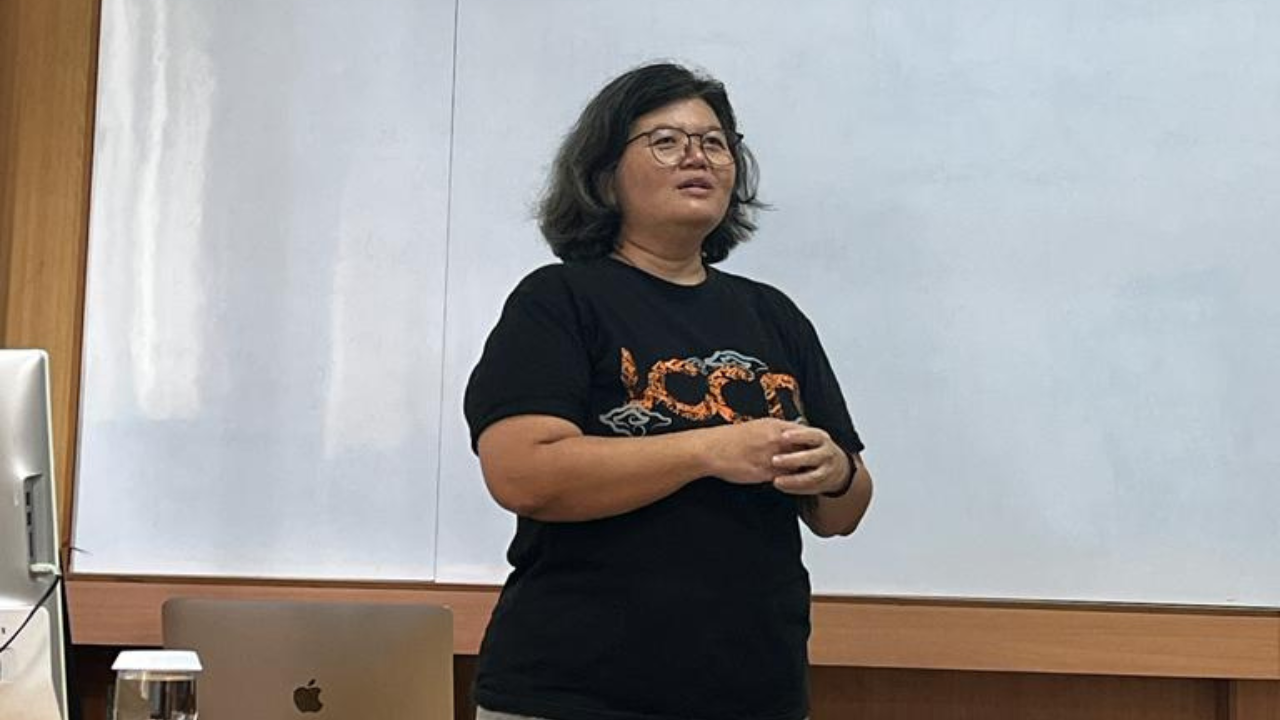Bandung has been recognized as the second creative city in Indonesia in the United Nations of Educational, Scientific, and Cultural Organization (UNESCO) network since 2015. To explore Bandung’s journey to achieve this ranking, the SBM ITB held a guest lecture entitled “Bandung: Center and Creative City”, delivered directly by the Bandung City of Design Focal Point, Dr. Dwinita Larasati, S.Sn., M.A. in the course of Creative and Cultural Entrepreneurship. The course is for undergraduate Entrepreneurship students at the SBM ITB Building.
The guest lecturer and lecturers at the Faculty of Art and Design (FSRD) ITB highlighted that Bandung is part of the UNESCO Creative Cities Network (UCCN) along with 300 other cities worldwide. UCCN’s mission is to promote cooperation with cities that have identified creativity as a strategic factor for sustainable urban development.
As the World City of Design, Bandung’s journey to achieving this title cannot be separated from the three leading circles of Bandung’s potential: People, Place, and Ideas. The three aspects of the potential circle solve problems through the design thinking method: narrating design as a way of thinking, creativity as a policy bridge, and prototyping as a solution.
Bandung is also a member of the Indonesia Creative Cities Network (ICCN). ICCN, through its 10 Principles of Creative Cities, creates 11 Steps to the Catha Ekadasa Program. These formulas are to create creative cities in Indonesia through a creative economic ecosystem by utilizing elements of the Pentahelix community.
The functions of these principles and moves are then implemented in an index of creative cities in Indonesia, one of the policy-making tools for the government. If the creative city index results are good, the effect will increase the Regional Revenue and Expenditure Budget (APBD).
At the end of the session, Tita, Dr. Dwinita Larasati, S. Sn., M.A., answered critical questions from SBM ITB students. One of the exciting questions came from Andreas regarding what motivated Bandung to become a creative city.
“This initiative came from people who have a sense of belonging to Bandung due to their childhood, working, studying, and others. The initiator also has a community, so they can move the community to make Bandung a better city,” Tita replied.





